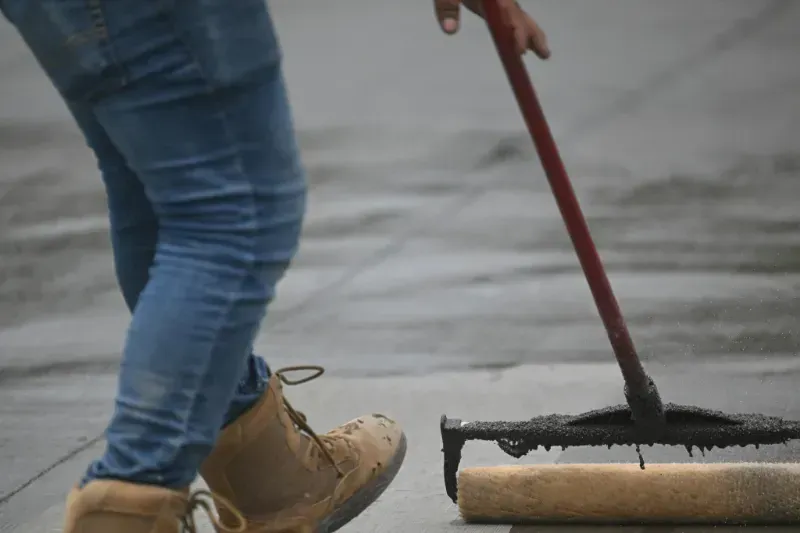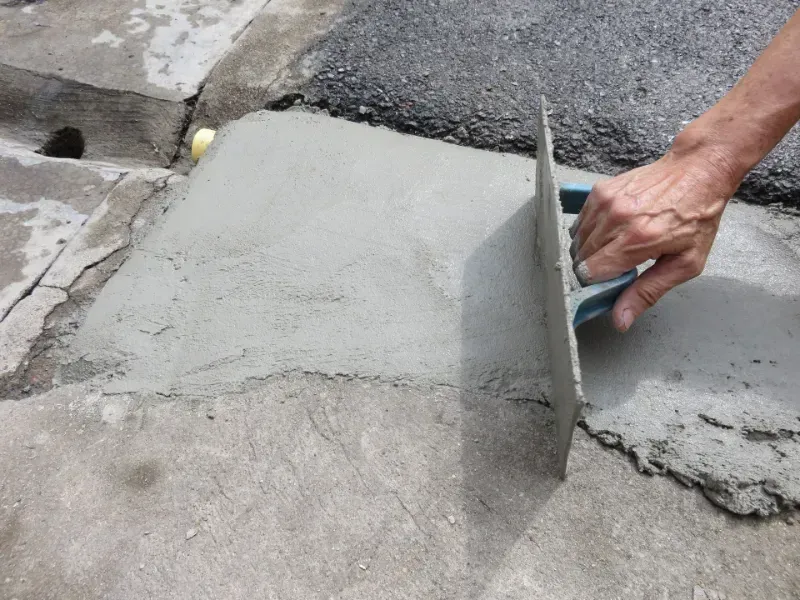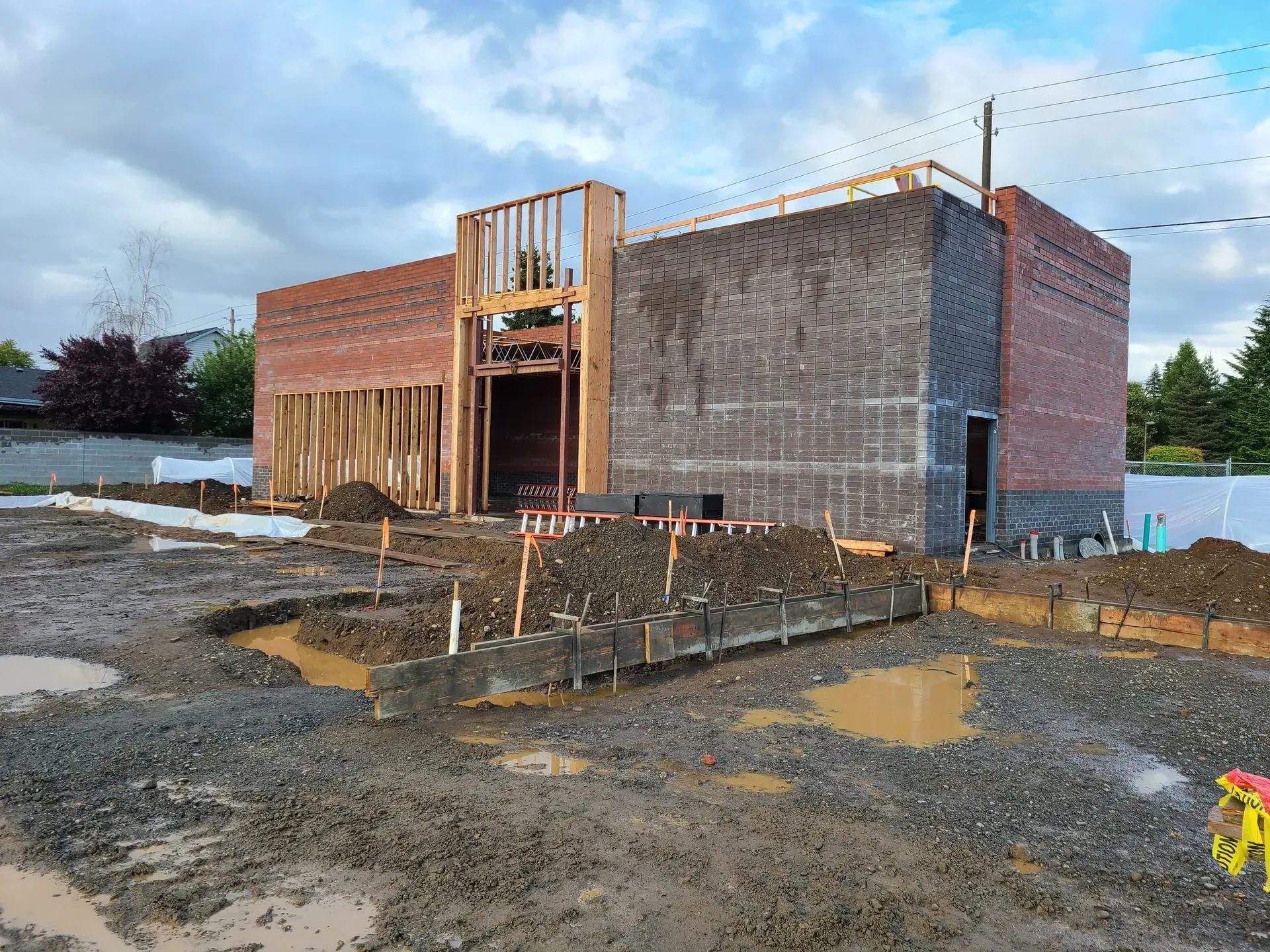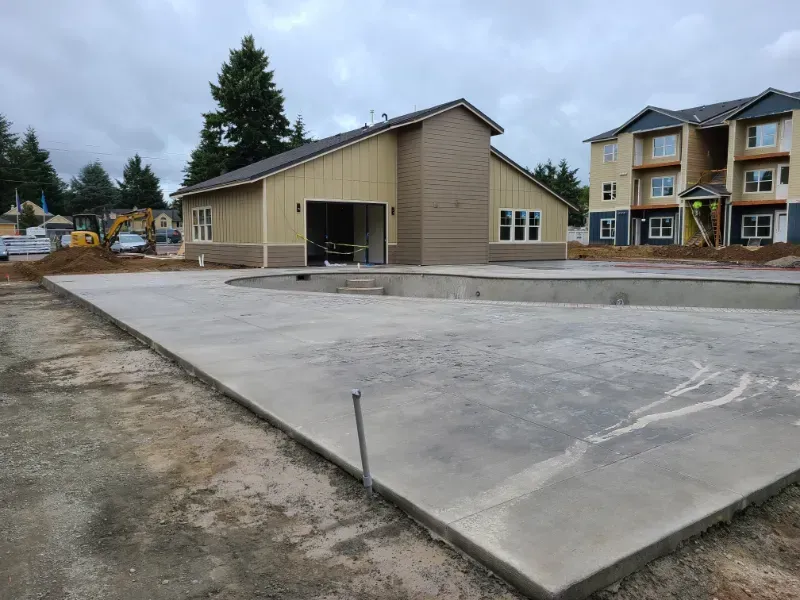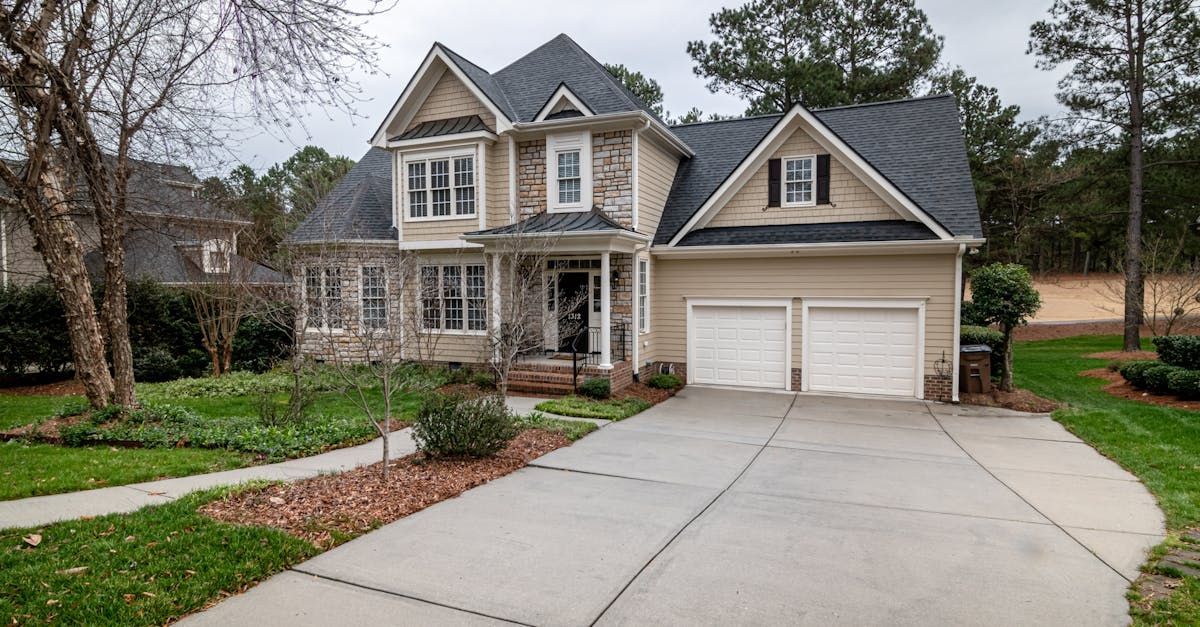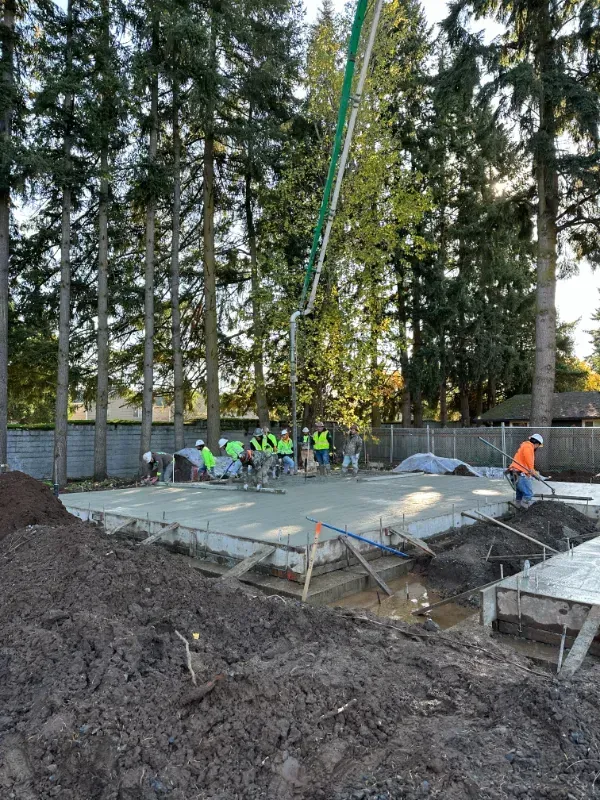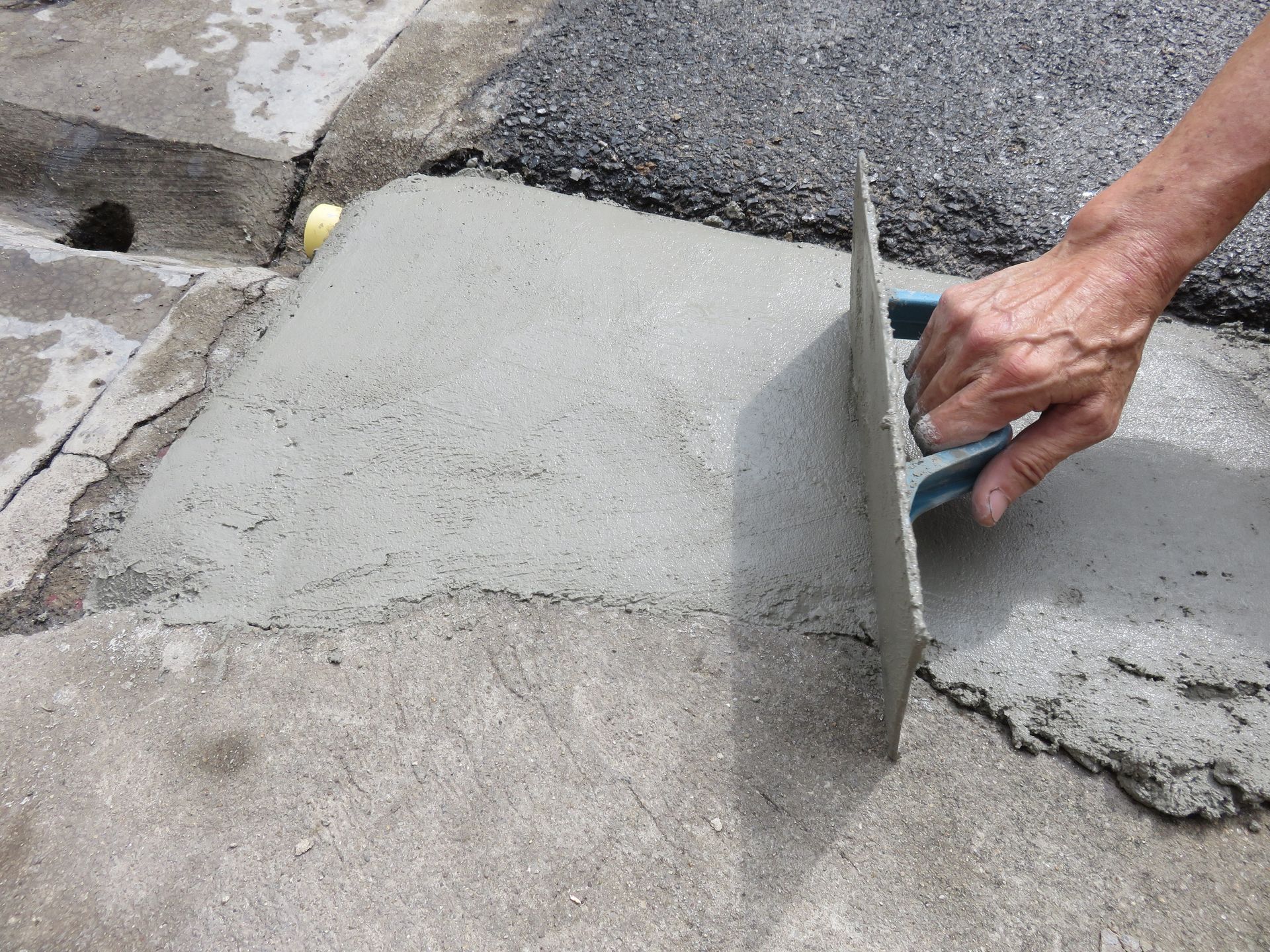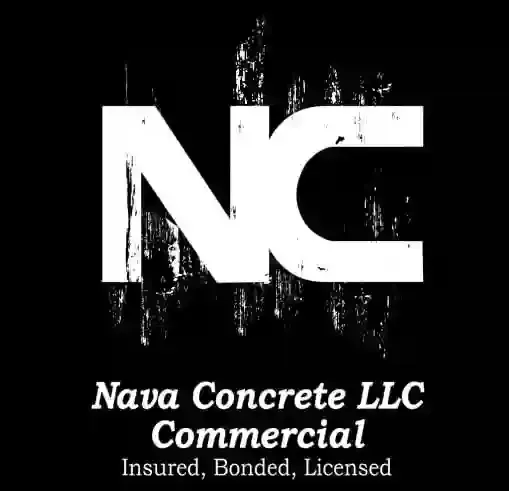Busted! 5 Concrete Myths Debunked for Homeowners
Concrete is a workhorse material. It forms the foundation (pun intended) of countless structures, from towering skyscrapers to charming sidewalks. But for homeowners, concrete's applications extend far beyond the cityscapes. Driveways, patios, walkways, and even decorative features – concrete offers a versatile and durable solution for a variety of outdoor projects.
However, despite its popularity, concrete is often shrouded in myths and misconceptions. This can lead homeowners to shy away from this fantastic material, missing its many benefits. So, let's debunk some of the most common concrete myths and set the record straight!
However, despite its popularity, concrete is often shrouded in myths and misconceptions. This can lead homeowners to shy away from this fantastic material, missing its many benefits. So, let's debunk some of the most common concrete myths and set the record straight!
Myth #1: Concrete is Cold and Uninviting
Busted! While traditional concrete might feel cool to the touch, it doesn't have to stay that way. Modern advancements offer several solutions for creating warm and inviting concrete surfaces.
- Radiant Heating Systems: Imagine stepping out onto a warm and cozy concrete patio on a chilly morning. Radiant heating systems embedded within the concrete radiate heat upwards, providing a comfortable walking surface. This technology is perfect for integrating warmth into patios, walkways, and even pool decks.
- Staining and Polishing: Concrete staining allows you to add a touch of color and warmth to the surface. Earth tones like brown, beige, or terracotta can create a more inviting feel compared to standard gray concrete. Additionally, polished concrete reflects light, making the space feel brighter and more open.
Remember: When discussing your project with a reputable concrete contractor [link to contractor services page], mention your desire for a warm and inviting space. They can advise you on the best options for achieving this, whether it's radiant heating, staining, or a combination of techniques.
Myth #2: Concrete is Just Plain Gray
Busted! Gone are the days when concrete was limited to a drab, gray color. Today, concrete offers a vibrant spectrum of possibilities to complement any architectural style or personal preference.
Here are some ways to add a pop of color or design to your concrete project:
- Integral Color Pigments: These pigments are mixed directly into the concrete during the mixing stage. This results in a consistent color throughout the entire concrete slab, offering a more natural-looking finish compared to surface stains.
- Concrete Stains: Concrete stains offer a wider range of color options and can be applied after the concrete has cured. This allows for more creative freedom, including creating patterns and borders or staining specific areas for a unique look.
- Stamped Concrete: For a more intricate design, consider stamped concrete. This technique utilizes specialized stamps to imprint patterns or textures onto the freshly poured concrete, mimicking the look of natural stone, brick, or even wood. Stamped concrete allows you to achieve the desired aesthetic with the durability and affordability of concrete.
Remember: A qualified concrete contractor [link to contractor services page] can showcase a variety of color options and design possibilities using integral color pigments, stains, and stamped concrete techniques. Discuss your vision with them to create a concrete surface that reflects your unique style.
Myth #3: Concrete Cracks Easily and Requires Constant Repairs
Busted! Concrete is known for its durability, but all materials are susceptible to some degree of wear and tear over time. The good news is that proper installation, curing, and maintenance can significantly minimize the risk of cracks and extend the lifespan of your concrete surfaces.
Here's what you can do to ensure your concrete remains crack-free for years to come:
- Work with a Reputable Concrete Contractor: An experienced concrete contractor understands the importance of proper concrete mix design, slab preparation, and finishing techniques to minimize the risk of cracking. They will use high-quality materials and ensure the concrete cures properly to create a strong and durable surface.
- Control Joints: Control joints are strategically placed grooves or saw cuts made in the concrete slab. These joints allow the concrete to expand and contract naturally with temperature changes, reducing the stress on the surface and preventing cracks from forming elsewhere. A qualified concrete contractor will incorporate control joints into your project design.
- Proper Maintenance: Regular maintenance is key to preventing cracks and keeping your concrete looking its best. This includes sweeping or hosing down the surface to remove dirt and debris, and applying a high-quality concrete sealer every few years. The sealer helps protect the concrete from moisture penetration, which can contribute to cracking.
Remember: By choosing a reputable concrete contractor [link to contractor services page] and following proper maintenance practices, you can minimize the risk of cracks and ensure your concrete surfaces last for decades.
Myth #4: Concrete is Expensive and High-Maintenance
Busted! While the initial cost of a concrete project might seem higher than some alternative materials like asphalt, concrete offers significant long-term benefits that contribute to its overall cost-effectiveness.
Here's why concrete can be a budget-friendly choice for your home:
- Durability: As discussed earlier, properly installed and maintained concrete is incredibly durable. It can withstand heavy traffic, harsh weather conditions, and requires minimal repairs compared to other materials like wood or asphalt. This translates to less money spent on replacements or frequent repairs over the years.
- Low Maintenance: Concrete requires minimal upkeep compared to other materials. Regular sweeping, occasional sealing, and addressing minor cracks promptly are all that's typically needed to keep your concrete surfaces looking their best. This translates to less time and money spent on ongoing maintenance.
- Lifespan: With proper care, concrete surfaces can last for several decades. This longevity makes concrete a cost-effective investment in the long run. When compared to materials with shorter lifespans that require more frequent replacements, concrete offers a greater return on your investment.
Remember: When considering the cost of a concrete project, consult with a qualified concrete contractor [link to contractor services page] to get a detailed estimate. They can factor in the size and scope of your project, the chosen materials and finishes, and any additional features to provide you with an accurate cost breakdown.
Myth #5: DIY Concrete Projects are Easy and Save Money
Busted! While some small-scale DIY concrete projects might be manageable, larger or more complex projects are best left to the professionals.
Here's why hiring a concrete contractor is crucial for successful and cost-effective concrete projects:
- Expertise and Experience: A qualified concrete contractor possesses the knowledge and experience to ensure your project is completed correctly. They understand the intricacies of concrete mix design, proper curing techniques, and best practices for achieving a smooth and durable finish.
- Quality Materials and Equipment: Concrete contractors have access to high-quality materials and specialized equipment that guarantees a professional outcome. Using the wrong materials or improper techniques can compromise the strength and longevity of your concrete surfaces, leading to costly repairs down the road.
- Permits and Inspections: Depending on the size and scope of your project, you might need to obtain permits from your local building department. A reputable concrete contractor will be familiar with local permitting requirements and can guide you through the process. They can also advise you on any inspections that may be necessary during and after construction.
- Safety: Working with concrete can be physically demanding and involves potential safety hazards. A concrete contractor prioritizes safety on the job site and has the necessary training and equipment to minimize risks.
Remember: While DIY projects might seem tempting to save money upfront, hiring a qualified concrete contractor [link to contractor services page] ensures a professional job is done right. This translates to a durable, aesthetically pleasing concrete surface that will last for years to come, ultimately saving you money on potential repairs and replacements.
Conclusion: Concrete - A Versatile and Beautiful Choice for Your Home
By debunking these common myths, we hope to shed light on the many benefits of concrete. This versatile material offers a combination of durability, affordability, and low maintenance, making it a great choice for a variety of home improvement projects. From functional driveways and walkways to stunning patios and decorative features, concrete can enhance the functionality and aesthetics of your outdoor space.
Remember: When embarking on a concrete project, consult with a reputable concrete contractor. They can answer your questions, address your concerns, and guide you through the process of creating a beautiful and long-lasting concrete addition to your home. Feel free to reach out to local concrete contractors in your area to discuss your vision and obtain quotes for your next project.
CONTACT US
You can also find us here:
QUICK MENU
All Rights Reserved | Nava Concrete LLC
